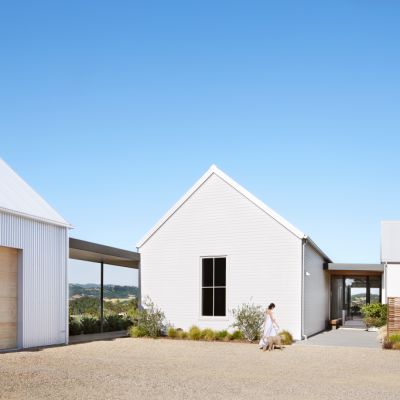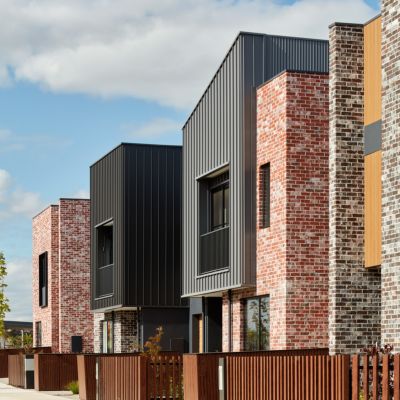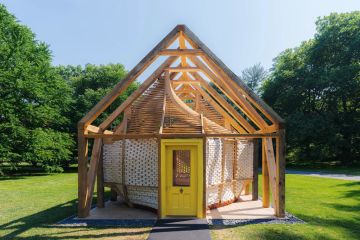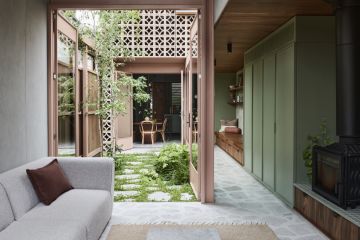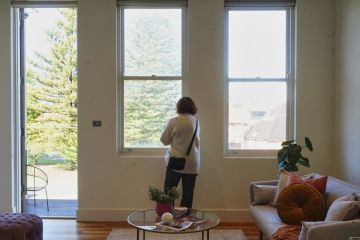7-star energy ratings: How to tell if you can trust them
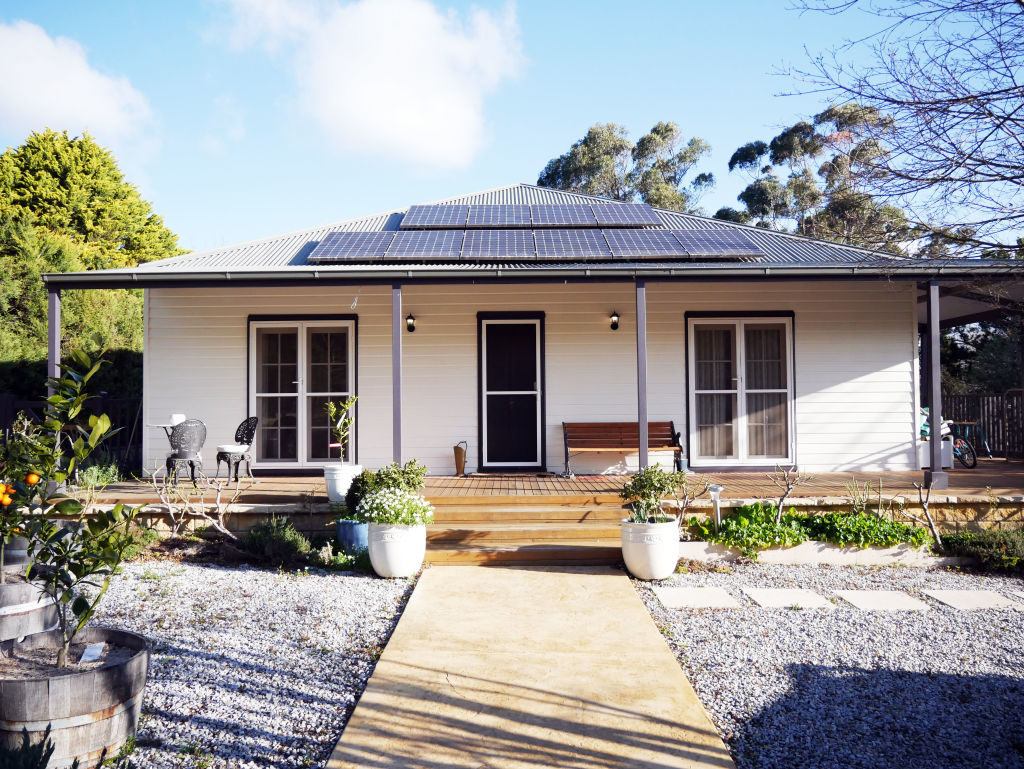
We’d all love to live in an energy-efficient house that stays cool or warm when it’s supposed to, and save on energy bills.
But are seven-star ratings for new homes and apartments actually living up to their promise?
Passive house and net-zero building designer Michael Drage says a lack of checks and balances means some houses are left performing well below par.
He points to research by Curtin University from 2020, which showed that there is often a significant gap between building energy targets and the actual amount of energy a home uses.
The study found that the gap was a problem globally, with some buildings using two and a half times more energy than indicated during their design stage.
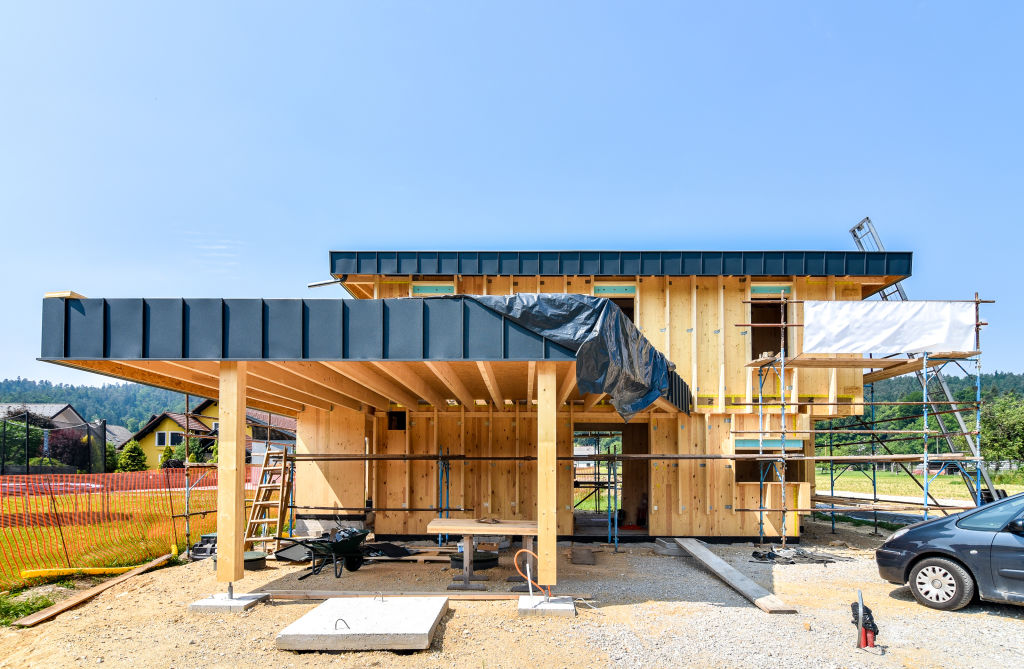
What makes up a seven-star rating?
In Australia, ratings are provided under the Nationwide House Energy Rating Scheme (NatHERS) for a building’s shell. The scheme can now also rate the energy performance for the whole home, including major appliances, solar panels and batteries.
The star rating takes into account factors such as a home’s orientation, glazing, internal zoning, lighting and insulation.
Is there a mandatory test to ensure the house meets the standard?
Drage says ratings are largely based on assumptions for different climate zones, taking into account the building’s design, including its “envelope” – all the things that separate the indoors from the outdoors, such as walls, roof and windows.
He says part of that assumption is that a seven-star (or any other star) house will also have a certain level of air tightness.
Fewer air changes per hour equate to a more energy-efficient house.
“The National Construction Code (for a seven-star rating) is 10 air changes per hour,” says Drage.
“But there is no (mandatory) testing to see whether the house is operating at that same level as what it has been designed to.”
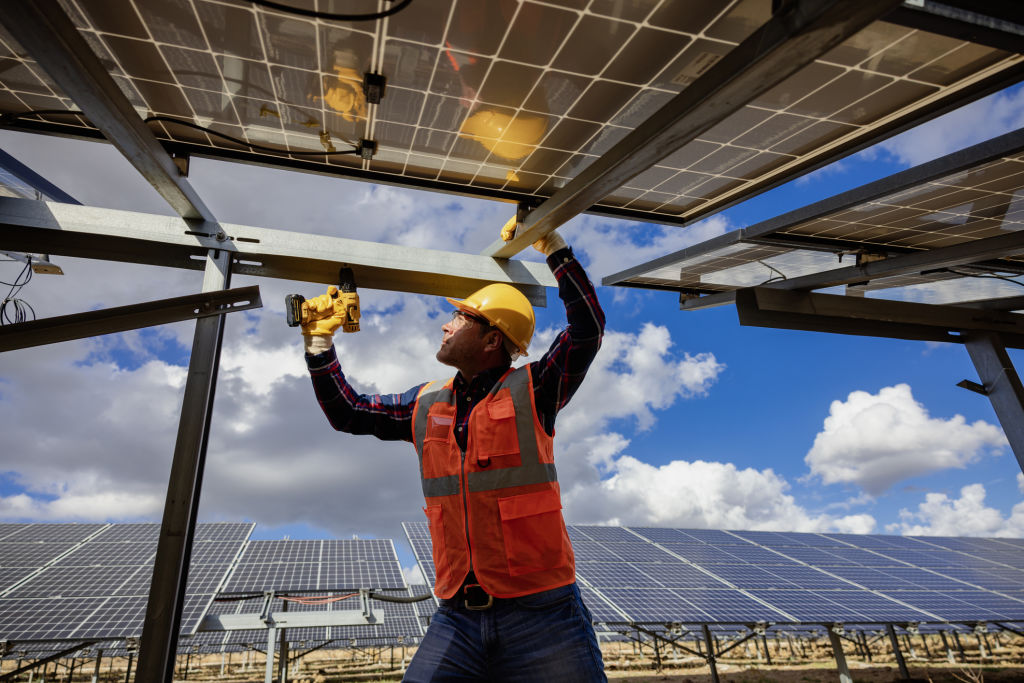
What other factors are at play?
Drage says that while good-quality builders will meet, or even exceed, the star rating, others may lack the education needed to create energy-efficient homes.
Or they might choose to substitute building materials.
“There are people who do the right thing and people who don’t do the right thing in every part of the world,” he says. “So, where should the checks and balances be?”
Red flags to look out for
Jason Rowe, of Sydney’s Hello Electrical, says he’s worked on many homes that emphasise energy efficiency.
“When you’re looking at a house with a six or seven-star energy rating, it’s essential to double-check that the rating is legitimate and that the home’s energy efficiency is truly as advertised,” he says.
Rowe suggests first asking for a copy of the full energy assessment report.
“This document outlines how the energy rating was determined and includes information about insulation, windows, heating and cooling systems, and other factors that impact energy usage.
“If the seller or real estate agent can’t provide this, it’s a red flag.”

What else can I do to check that the star rating is legit?
Rowe says it’s also vital to check both the insulation and sealing of the house.
“A high rating won’t mean much if there are gaps or poor insulation that lead to drafts.
“Make sure to ask about the insulation in the roof, walls, and floors, as well as whether the windows are double-glazed.”
Can I make an energy assessment a condition of sale?
Paul Hutchens, founder of Rate My Home Energy Assessments, based in Tasmania, agrees it’s wise to ask for a copy of a home’s NatHERS Certificate, which should allow you to confirm that a house has been built to the design on which its rating is based.
“I wouldn’t just necessarily trust somebody who says ‘oh it’s a seven-star house’,” he says. “I want to visually look at the certificate.”
However, Hutchens says such certificates are often easily lost, especially if a builder is not returning calls or a house has changed hands.
Another option, he says, is to engage a building inspector to verify that the home’s insulation levels and other energy-efficient features actually match the NatHERS Certificate.

What else should I be asking?
Michael Drage says one way to ensure a house lives up to its star rating is to ask for an air-tightness test.
“Talk to the certifier and talk to the builder about the fact that you want a test at the back end,” he says.
“That will be one of the biggest drivers of it all, because to get the thing airtight, all the rest of it needs to be built properly.”
Drage says many builders will be happy to organise this, but may understandably build in a little bit of cost to pay for testing.
He notes that a house is often the biggest investment of your life, so don’t be shy about making sure it meets expectations.
We recommend
States
Capital Cities
Capital Cities - Rentals
Popular Areas
Allhomes
More
